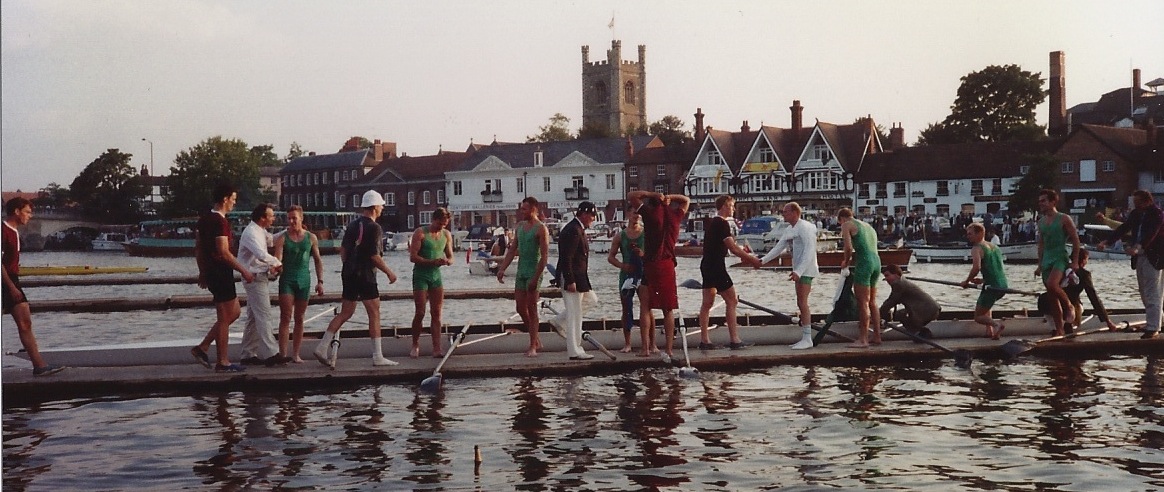Great article from David Conn of the Guardian on FC United’s plans to return to the birthplace of Manchester United in the Newton Heath area of east Manchester where, in 1878, the Newton Heath Lancashire & Yorkshire Railway Football Club was founded. The Club is reported to have reached agreement with Manchester City Council to develop a new ground at the Ten Acres Sports Complex – marked by the yellow (gold!) pin in the map below.
FC United is, of course, the club established in 2005 by supporters of Manchester United in protest at the debt placed on the Old Trafford club as a result of its acquisition by the Glazers.
According to unitedonline, the original Newton Heath initially played at North Road on a rough pitch adjacent to the railway compapny’s wagon works. North Road has, more recently, been renamed Northampton Road.
Newton Heath joined the Football League in 1892 relocated to Bank Street in Clayton – a little to the south of Newton Heath – in 1893.
In 1902 with rising debts and creditors circling, Newton Heath collapsed before reforming as Manchester United. As previously reported on sportinglandmarks, part of the reason the club re-emerged as “United” was that the city’s oldest rugby club had seized the name Manchester Football Club as early as 1860 when rugby and soccer had yet to evolve as distinct sports.
Manchester United’s last match at Bank Street before moving to Old Trafford was against Tottenham Hotspur in January 1910. The site of the Bank Street stadium retains a sporting connection: it is now the car park for the Manchester Velodrome.
Manchester City’s history records that the club originated in 1880 at St Marks Church which used to stand on Clowes Street, West Gorton. (Billy Meredith (1874-1958) who played for both Manchester City and Manchester United was married in St Mark’s and lived in Clowes Street for a while. )
The church club became Ardwick AFC in 1887 when it moved to Hyde Road. The club reformed as Manchester City in 1894. When Hyde Road was destroyed by fire in 1923, City moved to Maine Road where it remained for 80 years until its move to the City of Manchester Stadium in 2003.
According to The Pride of Manchester: The History of the Manchester Derby by Steve Crawley and Gary James, the first recorded match between the teams that would become Manchester City and Manchester United took place when Newton Heath played West Gorton at North Road on 12 November 1881.
David Conn’s article also touches on how supporters trusts are attempting to re-establish the links between clubs, their supporters and communities – links that were such a central part of the origins of so many British football clubs.



